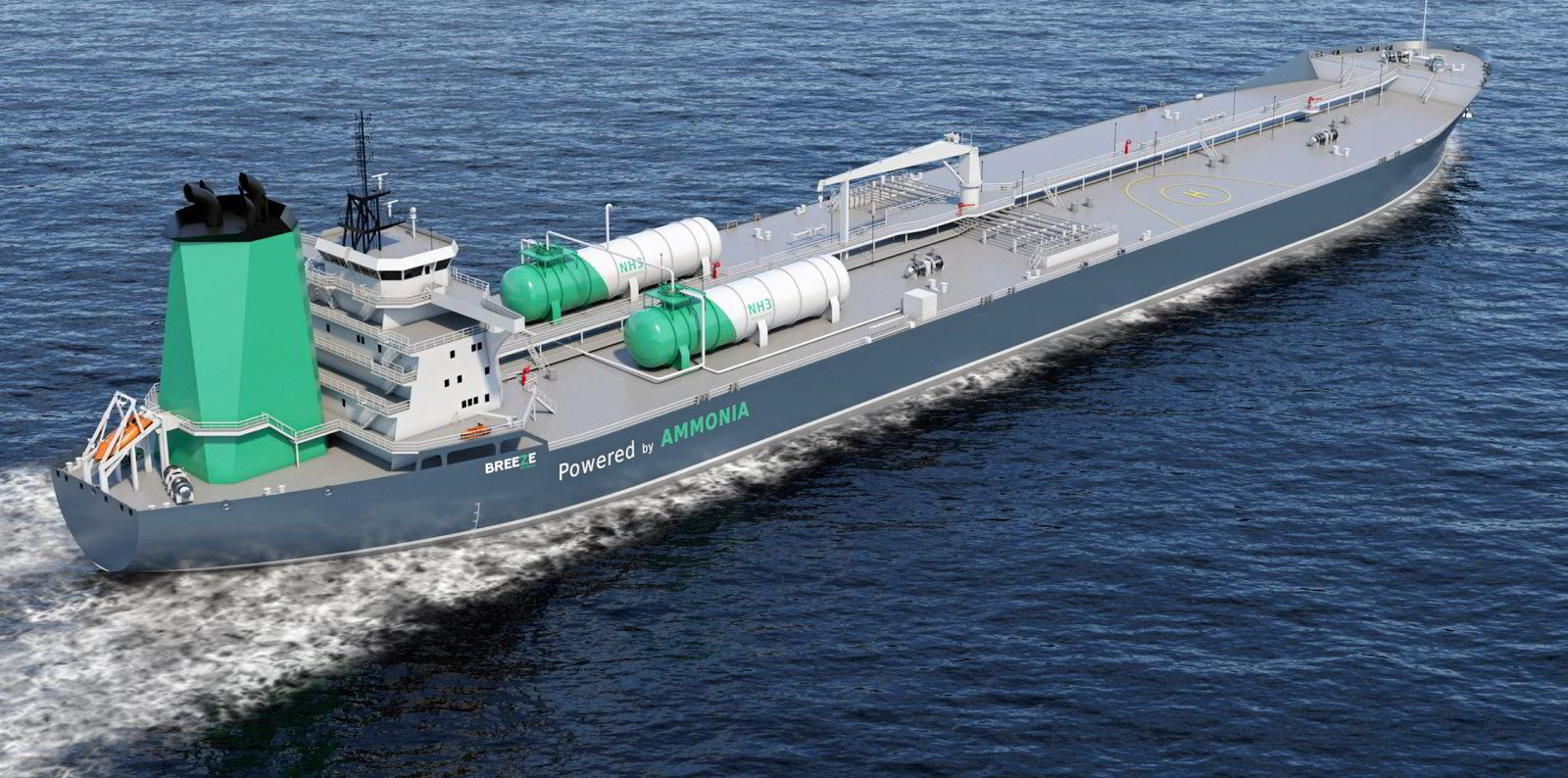Ammonia is seen as one of the front runners for a zero-emission, hydrogen-based deepsea shipping fuel, but two recent reports have highlighted the great dangers of using it at sea.
Many people have talked about safety concerns for human and sea life related to the use of ammonia in broad terms that refer to the chemical having been produced and handled for many years.
But the reports stated facts a bit more bluntly.
Bureau Veritas said: “Several safety challenges must be addressed before it can be used on board ships.” The Together in Safety consortium said ammonia poses high or intolerable risks in scenarios such as a grounding or collision leading to a hull breach, and leaks or loss of containment during bunkering or cargo operations.
Last year, the chief executive of the UK’s Maritime & Coastguard Agency, Brian Johnson, warned about ammonia in a briefing about potential alternative fuels: “At 0.2% in the air … you keel over and do yourself serious damage.”
Bear in mind that a big container ship carrying 5,000 tonnes of fuel oil would probably need to have tanks containing about 8,000 tonnes of ammonia due to its lesser energy density. That is more than many onshore storage facilities, where the risk of collision or breach is decidedly lower.
Ammonia is flammable in air and soluble in water. At high concentrations in the sea and air, a major spill from just that one ship would basically kill everything around it.
And that would create some not very pretty pictures that might alarm a lot of people — and turn off some of the environmental groups that currently favour ammonia for its low emission qualities.
Yes, ammonia has been used for a long time in the production of fertilisers and has been transported around the world in specialist ships run by safety-conscious companies.
But we are now talking about putting the stuff on a much larger number of vessels that are not specifically designed to carry ammonia and may not be manned by crews that are as well trained or experienced.
At 0.2% in the air … you keel over and do yourself serious damage
— Brian Johnson, UK Maritime & Coastguard Agency
And the assertion that ammonia is safely handled ignores the fact that over the years, a number of minor accidents at onshore facilities have killed people. Ammonia was also once used as a refrigerant — but as soon as safer alternatives became available, its use was curtailed.
All those people looking at using ammonia as a marine fuel are, of course, aware of the dangers, and the Bureau Veritas report, which admitted to being a preliminary study, concluded that much greater design and safety modifications are needed than even LNG.
It is likely that double-walled tanks and piping, probably in different locations on ships, will be required. But accidents happen, and ships break up or sink.
On the same day the ammonia reports came out, 13 people were reported to have died at Aqaba port in Jordan, and more than 250 were injured, after a 25-tonne chlorine tank fell from a crane and crashed onto the deck of a ship to leak toxic gas.
And remember the 203,000-dwt bulker Wakashio (built 2007), which grounded off Mauritius in 2020, spilt more than 1,000 tonnes of fuel.
Ardmore Shipping chief operating officer Mark Cameron has warned that much greater marine damage would have been caused had its fuel been ammonia.
As it was, the spillage was described by scientists as the worst environmental disaster to hit Mauritius, with effects on sensitive areas likely to last for years.
Engine builder Wartsila has said that not only are extra safety precautions required for ammonia engines, but new materials. Nickel and copper found in seals, gaskets, valves and electrical components would corrode quickly if exposed to ammonia, as would most elastomers used today.
Most technical problems can be addressed, but Lloyd’s Register chief executive Nick Brown has previously said it should not be assumed that all safety challenges can be overcome.
It leaves ammonia in a strange place: like other potential alternative fuels, the solution is not perfect and scaling up to produce enough for transport will be decided by financiers and industrialists outside of shipping.
Those decision-makers are going to need to be convinced, as much as shipping executives and regulators, that even if it is not possible to ensure safety 100%, there is good reason to believe the infrastructure, ship technology and training can all be developed to make the risks tolerable.





